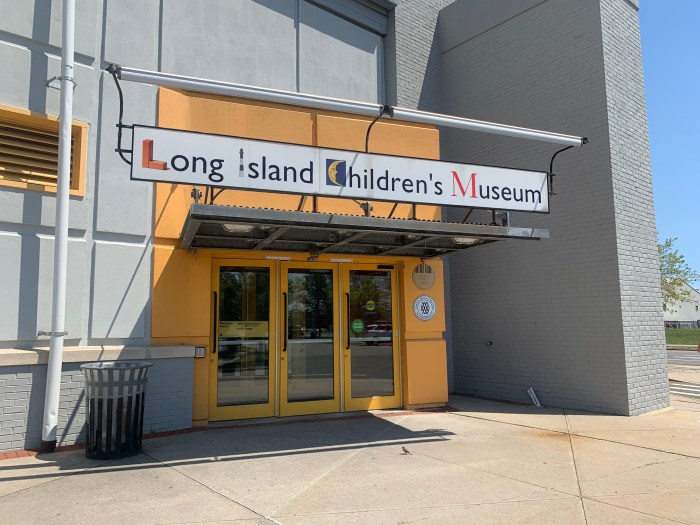Only 1,708 Signatures Required to Impose Dissolution Process
As Governor David Paterson, June 25, signed into law legislation that would “streamline” New York’s local governments, touting reduced property taxes and waste, legislative sessions in Albany played out more like circus shows as senators struggled with a power shift that left both Dems and Republicans at a political stalemate for weeks.
Proponents of the New York Government Reorganization and Citizen Empowerment Act, as the law is known, say it creates a mechanism to eliminate local governments, including villages, through a petition and village-wide referendum or an act of the county legislature and a county-wide referendum.
Ten percent or 5,000 registered voters (whichever is less) of a town, village or special district can submit a petition to dissolve the local government. The petition would trigger a referendum during which a simple majority can dissolve the local government.
The county legislature could also move to dissolve a local government. This would trigger a countywide referendum. If the county legislature were to move to dissolve the Village of Garden City, all residents in the county, not just Garden City residents, would have a hand in deciding the village’s fate.
“Our system of local government is outdated and overly complicated, and today we are making it easier to consolidate or dissolve local government entities. This legislation represents real reform, and will result in bottom-line savings for taxpayers,” Governor Paterson said.
Garden City Mayor Robert Rothschild wrote letters to everyone and anyone from Senators Kemp Hannon and Dean Skelos to Attorney General Andrew Cuomo, who authored the legislation, and Governor Paterson himself in opposition of a specific component of the legislation that lowered the number of petition signatures needed to initiate the dissolution process.
Previously, the law required one-third (33 percent) of registered voters to sign a petition. Mayor Rothschild disagrees with Cuomo’s proposal, which lowers the requirement to just 10 percent.
“What you may not realize is the village dissolution process is expensive and time-consuming for village staff, residents, businesses, property owners and other community stakeholders,” Mayor Rothschild said, noting that a requisite dissolution study generally costs tens of thousands of dollars and takes months to complete. “In the large majority of cases, the decision to dissolve is ultimately rejected by village voters.”
Now that the reduced signature requirement has been approved, Mayor Rothschild believes villages across the state will be put through this “costly, cumbersome and disruptive process due to the actions of a very small number of village residents at the expense of village taxpayers.”
Garden City, as of May 2009, has 17,081 registered voters. It would now, under this new law, require just 1,708 residents to sign a petition to impose the process.
“The decision to begin the dissolution process, with its many far-reaching implications, should not rest with such a small percentage of the village electorate, nor should the potential exist for such an expensive and prolonged process to be initiated by a handful of disgruntled citizens,” Mayor Rothschild said.
Law Draws Critics
Hempstead Town Supervisor Kate Murray said she urged Governor Paterson not to sign the bill into law and pushed legislative leaders to amend the legislation to exclude villages from the process altogether.
“Residents who live in villages evidence a unique level of hometown pride and community spirit. Indeed, many people made a conscious decision to select your village as their home because of all the fine qualities and services that are ‘part and parcel’ of village life,” Supervisor Murray stated in a June 18 letter sent to Mayor Rothschild. “Villages offer a unique type of government and quality of life that attract many people.”
The Town of Hempstead is home to 22 incorporated villages, including Garden City and Stewart Manor. “Indeed your residents are more than constituents – they are your neighbors,” Supervisor Murray’s June 18 letter read. “You promote village identity and strive to maintain the high quality of life distinct to your village. It would not only be a shame to lose your level of service, it would be a detriment to your community to have – on the whim of a few – in some cases over 100 years of village government erased.”
Critics believe village government is second to none, providing residents with the most services for their tax dollars.
“They’re getting personalized service. You can’t get that level of service from the town or the county and you have your community pride,” Village of East Williston Mayor Nancy Zolezzi said of village residents. “You have your celebrations you’ll never get back if you dissolve a village and you’re not going to get the volunteers in the fire department to volunteer for a countywide department. That’s going to be a huge loss.”
Neighboring village mayor Jack Martins of Mineola said this is just another example of elected officials acting like politicians. “They’re selling this thing as a bill to create smaller government when, in effect, what it does is create larger, less responsive government,” Mayor Martins said. “What you’re doing is creating larger governmental entities, which historically are less and less responsive. Unfortunately, it’s the shift toward the urbanization of suburbia. They want to create the City of Nassau.”
Mayor Rothschild got a kick out of an article he recently read that had the governor stating the law could finally get rid of “inefficient” villages.
“I had to laugh because you’re talking about a man who runs Albany. To be so cavalier about it…I think it’s very interesting how people in Albany want to try and tell us how to run the village,” Mayor Rothschild said.
—Joe Rizza contributed to this article.





























